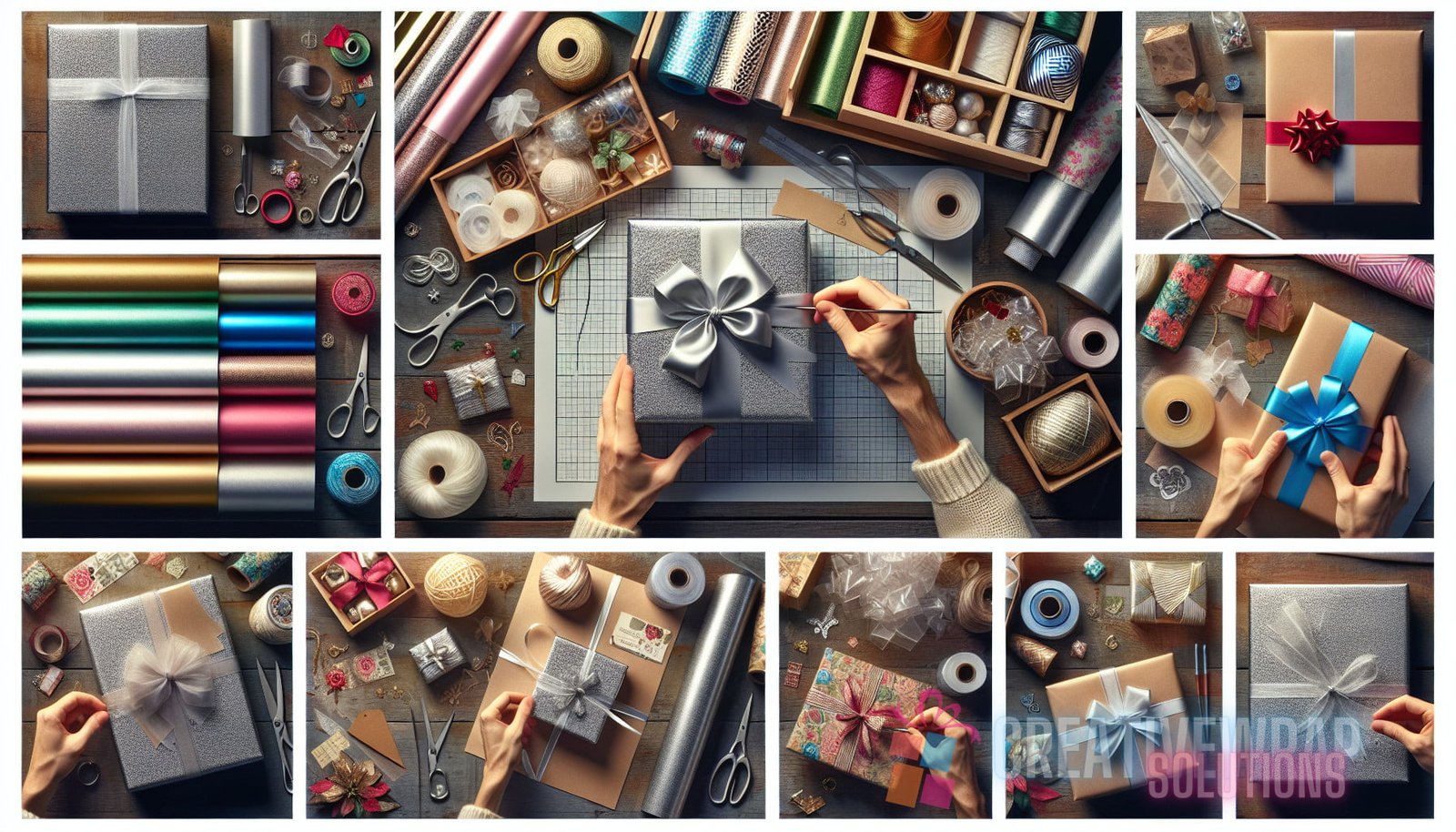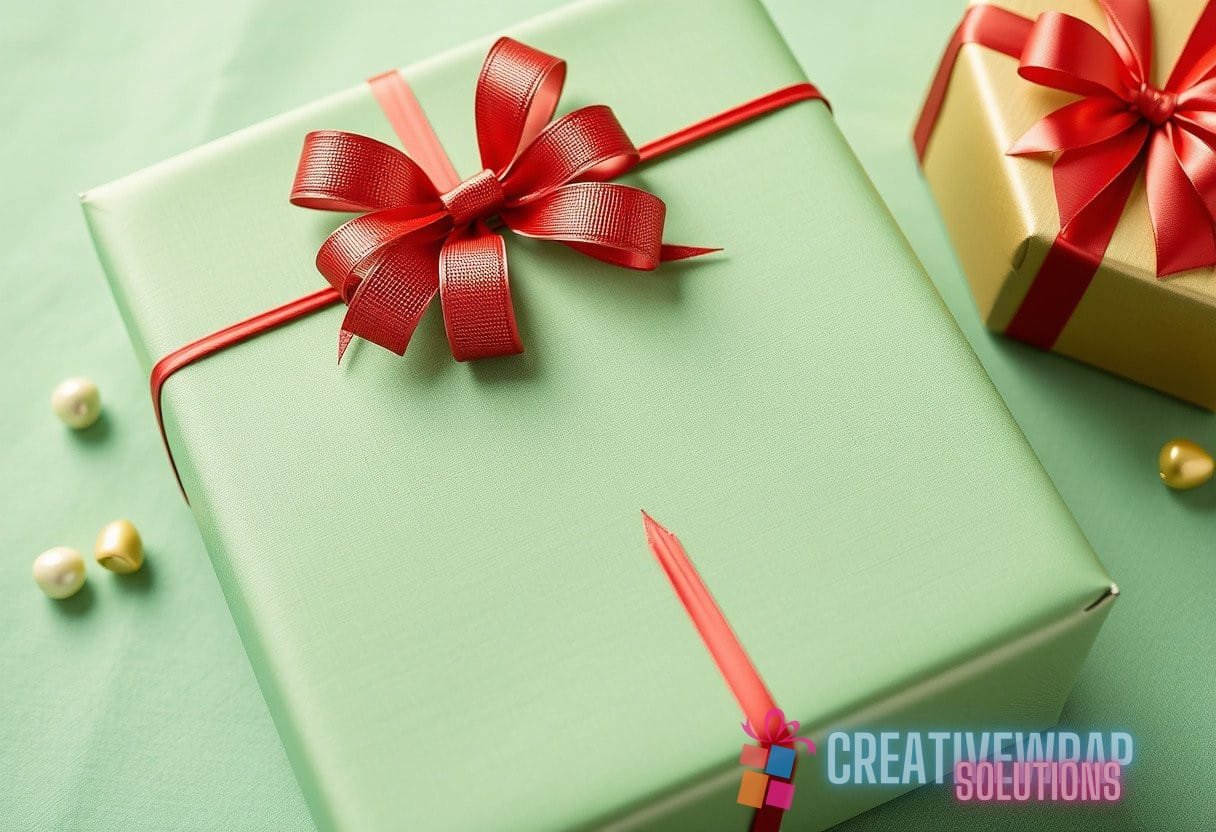Unveiling the Craftsmanship: The Merging of Art and Presentation in Gift Wrapping
Gift giving is a timeless tradition that transcends cultures and occasions. Whether it’s a birthday, wedding, or holiday celebration, presenting a gift to a loved one has become an art form in itself. While the gift itself holds sentimental value, the presentation of the gift is equally important. This is where the art of gift wrapping comes into play. The careful selection of wrapping paper, the intricate folds and pleats, and the addition of decorative elements all contribute to the beauty and excitement of the gift. In this article, we will explore the craftsmanship behind gift wrapping and how it merges art and presentation into a delightful experience.
The Evolution of Gift Wrapping
The practice of gift wrapping has a rich history that dates back centuries. In ancient times, gifts were often presented in simple cloth or paper. However, it wasn’t until the 19th century that the concept of gift wrapping as we know it today began to take shape.
During the Victorian era, gift wrapping became popular among the upper class. They would use elaborately designed paper, ribbons, and bows to create stunning presentations. This practice soon spread to the middle class, and eventually became a common practice for all social classes.
The Art of Gift Layering
The art of gift wrapping goes beyond simply covering a gift with paper. One technique that has gained popularity in recent years is gift layering. With gift layering, multiple layers of wrapping paper are used to create a stunning visual effect. By using different colors, patterns, and textures, gift layering adds depth and dimension to the presentation.
One way to incorporate gift layering is by using multiple sheets of tissue paper. Start with a base layer of solid-colored tissue paper, and then add a second layer of patterned tissue paper on top. This creates a beautiful contrast and adds visual interest to the gift.
Another technique is to use two or more layers of wrapping paper. Start with a base layer of one color or pattern, and then add a second layer on top. This can be a contrasting color or pattern that complements the base layer.
Gift layering is not limited to just wrapping paper and tissue paper. You can also incorporate other materials such as fabric, lace, or even feathers to create unique and eye-catching presentations.
The Role of Presentation in Gift Giving
Gift wrapping is more than just an aesthetic addition to the gift. It plays a significant role in the overall gift-giving experience. Here are a few reasons why presentation is important:
- Enhances anticipation: The carefully wrapped gift builds anticipation and excitement for the recipient. The sight of a beautifully wrapped gift creates a sense of mystery and intrigue, making the unwrapping process even more enjoyable.
- Reflects effort and thoughtfulness: A well-wrapped gift shows that you put time and effort into not only selecting the gift but also in presenting it. It conveys a sense of thoughtfulness and care, making the recipient feel valued and appreciated.
- Creates a memorable experience: The presentation of a gift creates a lasting memory for both the giver and the recipient. A beautifully wrapped gift is often cherished and remembered long after the occasion has passed.
Techniques and Tips for Artful Gift Wrapping
Now that we understand the importance of gift wrapping, let’s explore some techniques and tips to help you master the art of presentation:
1. Selecting the Right Paper
The first step in gift wrapping is selecting the right paper. Consider the occasion, the recipient’s personality, and the theme of the gift. For example, for a birthday gift, you might choose colorful and fun wrapping paper, while for a wedding gift, you might opt for more elegant and sophisticated designs.
When selecting the paper, pay attention to the quality. Thin or flimsy paper may tear easily and not provide a clean, polished look. Opt for thicker, high-quality paper that will hold its shape and withstand handling.

2. Mastering the Folds
The art of gift wrapping lies in the folds and pleats. Take the time to crease the paper neatly and create sharp edges. When folding the edges, use double-sided tape to secure them in place, giving the gift a seamless appearance.
For boxes with irregular shapes, consider using tissue paper or fabric instead of traditional wrapping paper. This allows you to mold the material around the shape, creating a tailored, custom look.
3. Adding Decorative Elements
The decorative elements are where the true artistry of gift wrapping comes into play. Consider adding ribbons, bows, or other embellishments to enhance the overall appearance.
One popular technique is creating a layered bow. Start by tying a basic bow with ribbon, and then add additional loops and tails on top to create depth and visual interest. You can also experiment with different textures and materials to create unique and eye-catching bows.
Don’t forget about personalized touches such as gift tags or handwritten notes. These small details add an extra layer of thoughtfulness and make the gift feel more personal.
The Influence of Culture on Gift Wrapping
Gift wrapping traditions vary across cultures, with each culture bringing its own unique style and symbolism. Here are a few examples:
- Japanese furoshiki: In Japanese culture, furoshiki is a traditional wrapping cloth that is used to bundle and carry items. The cloth can be folded and tied in various ways to create beautiful and functional gift wrappings.
- Chinese red envelopes: In Chinese culture, red envelopes are often used to give money as a gift. The red color symbolizes good luck and prosperity, and the envelope is typically decorated with gold characters that represent wealth and happiness.
- Indian gift boxes: In Indian culture, gift-giving is a significant part of festivals and weddings. Gifts are often presented in elaborately decorated boxes, known as “shagun boxes,” which are adorned with bright colors, intricate patterns, and gold embellishments.
These cultural influences highlight the importance of gift wrapping as a form of expression and a way to honor traditions and customs.
Unleashing Your Creativity
Gifting is an opportunity to showcase your creativity and make a lasting impression. With endless possibilities for colors, patterns, and decorative elements, gift wrapping allows you to let your imagination run wild. Whether it’s a festive holiday or an elegant celebration, there are countless ideas and inspirations to explore.
For more ideas and inspirations, check out these articles available at Creative Wrap Solutions:
- Gifting Symbolism: Unlocking the Hidden Meanings Behind Gifts
- Unleash Your Creativity with Gift Wrap Ideas from Festive Holidays to Elegant Celebrations
Conclusion
Gift wrapping is not just a means to enclose a gift; it is an art form that merges art and presentation. The careful selection of wrapping paper, the intricate folds, and the addition of decorative elements all contribute to the beauty and excitement of the gift. By mastering the techniques of gift wrapping and embracing your creativity, you can create memorable and visually stunning presentations that will delight both the giver and the recipient. So, the next time you have a gift to give, remember to invest time and thought into the presentation, and let the art of gift wrapping elevate your gift to a new level.



